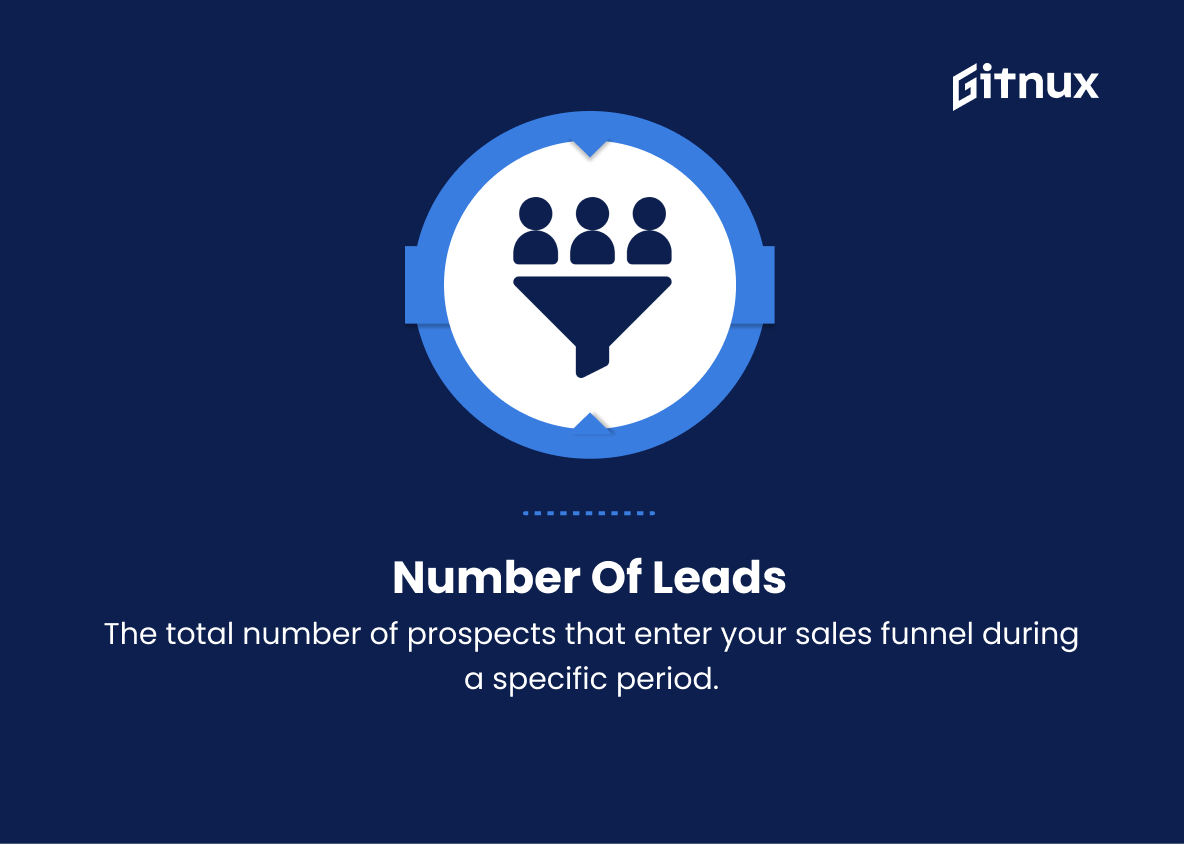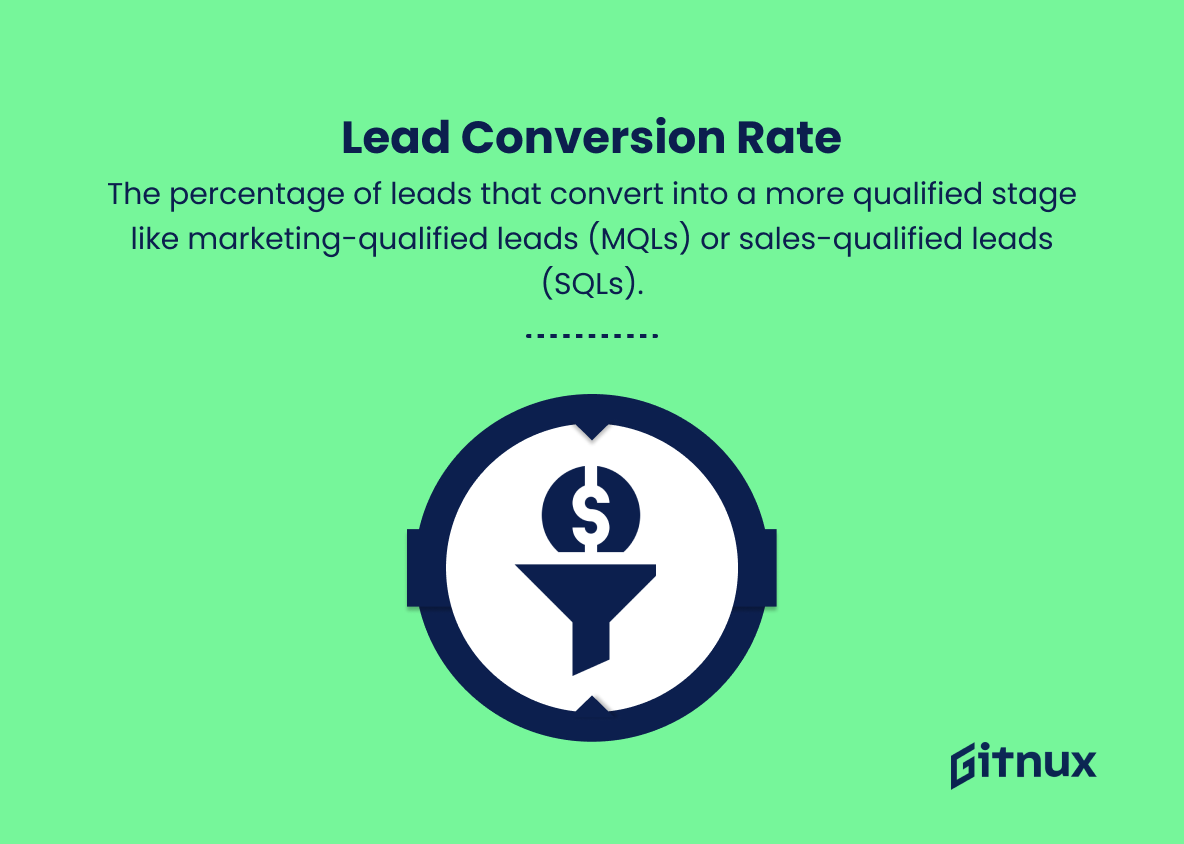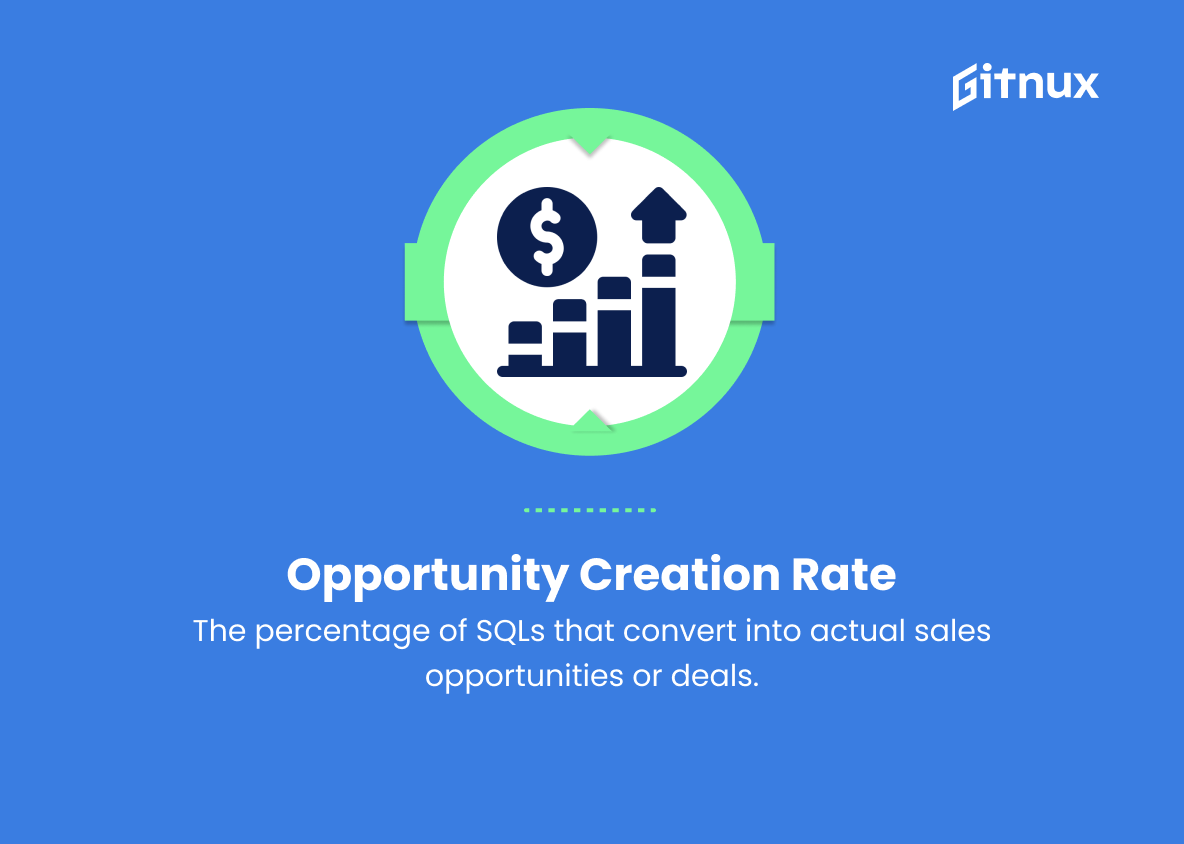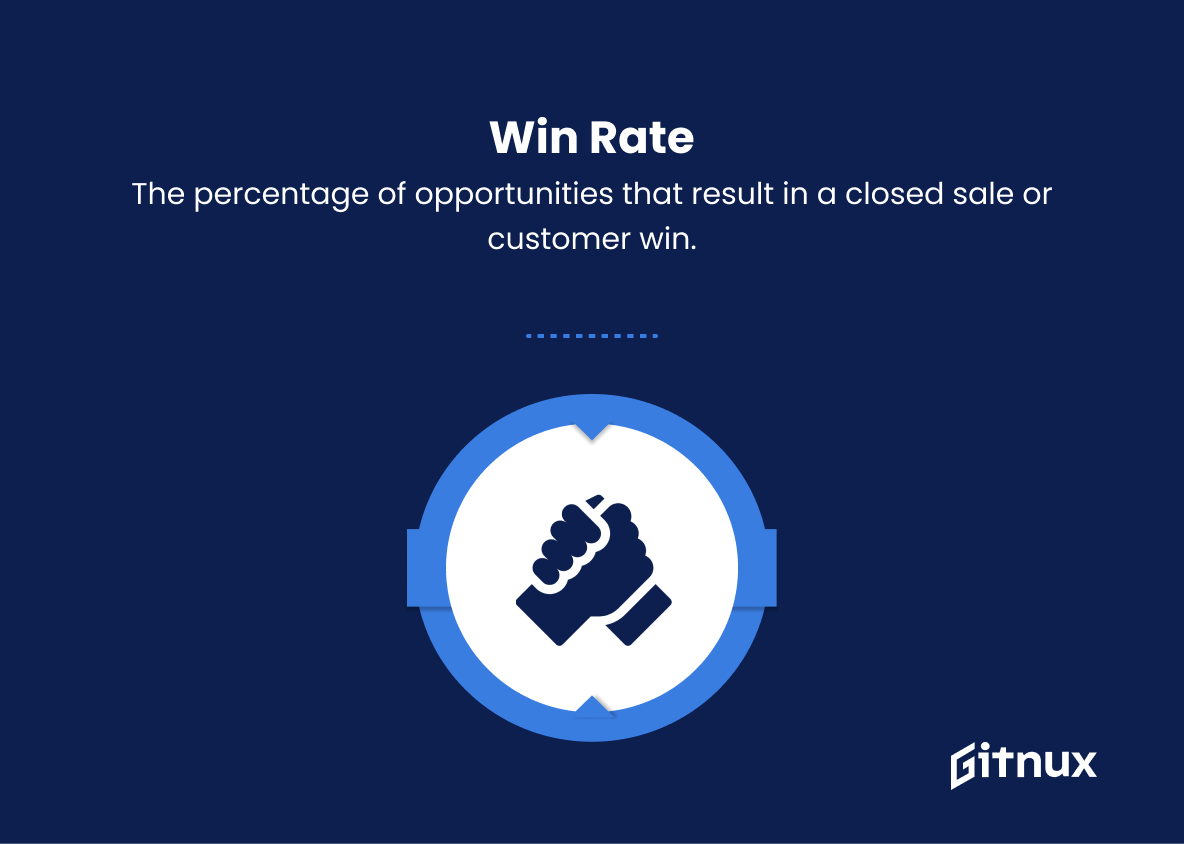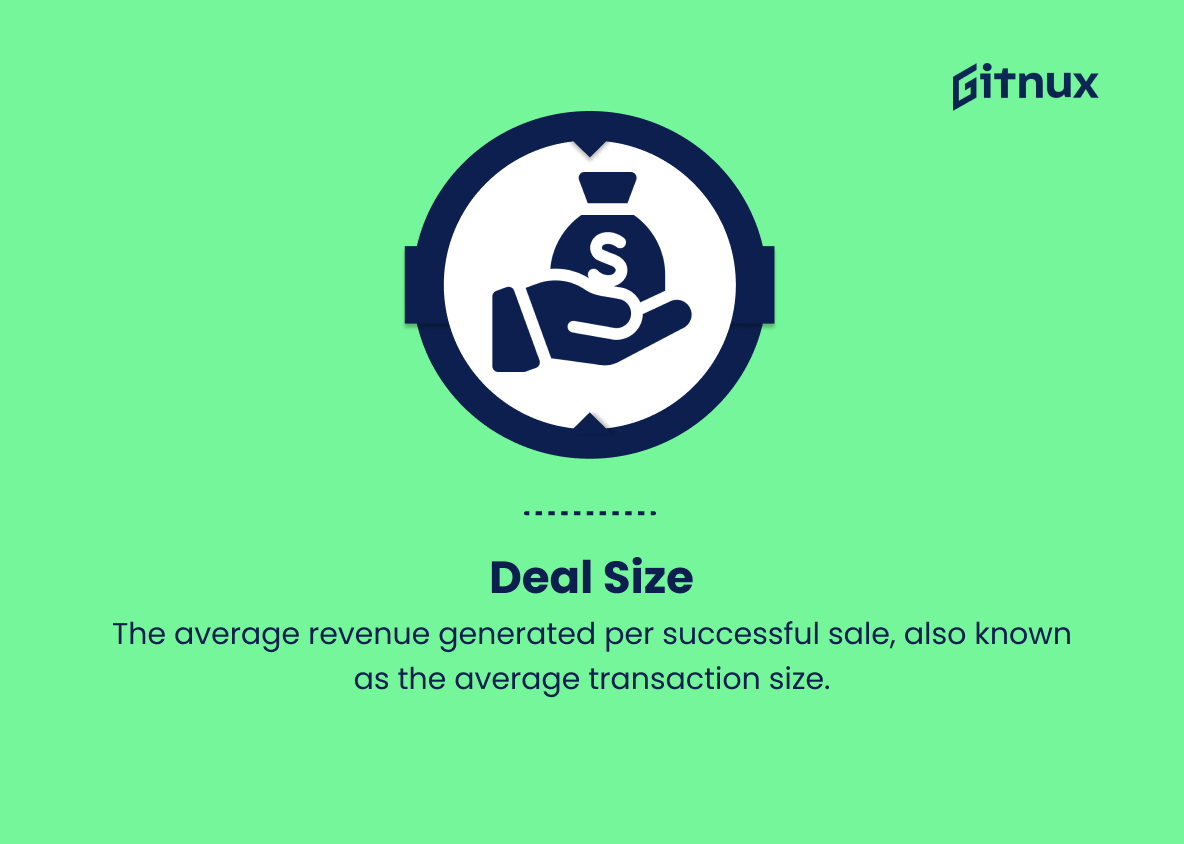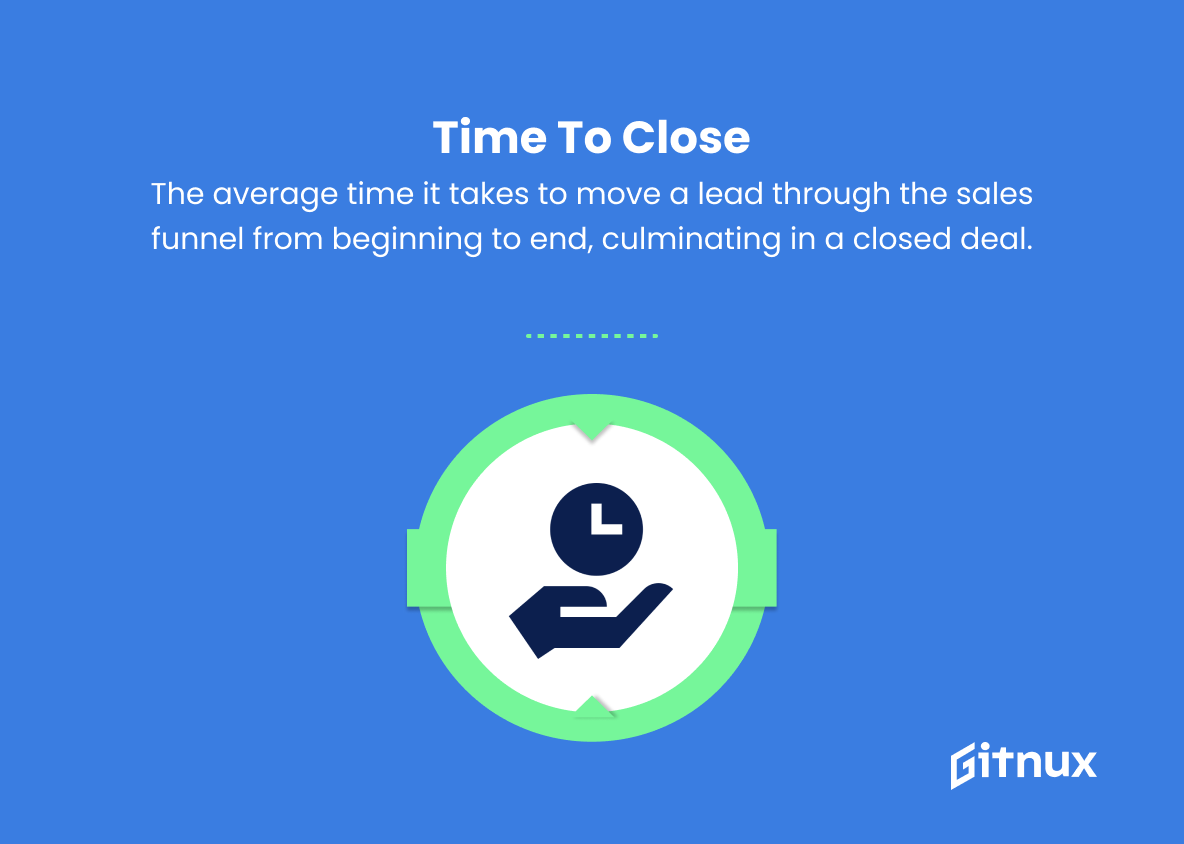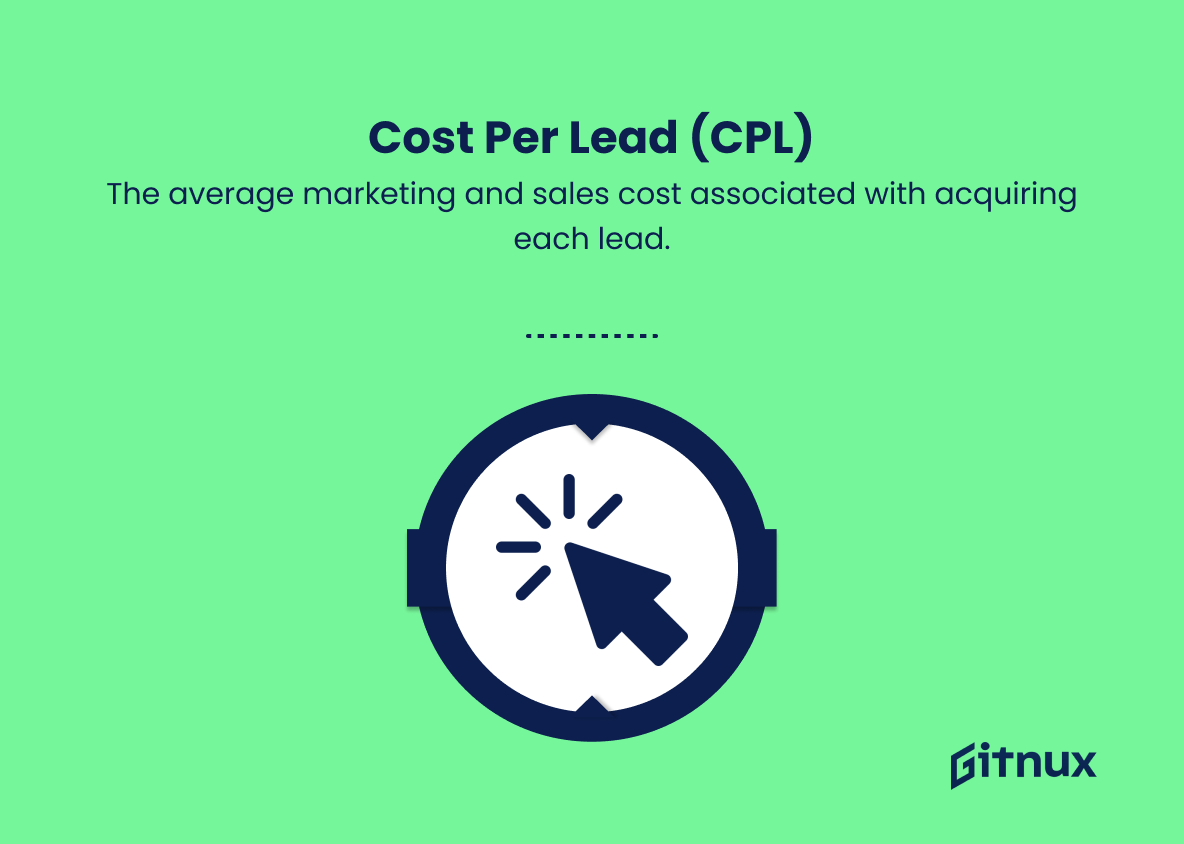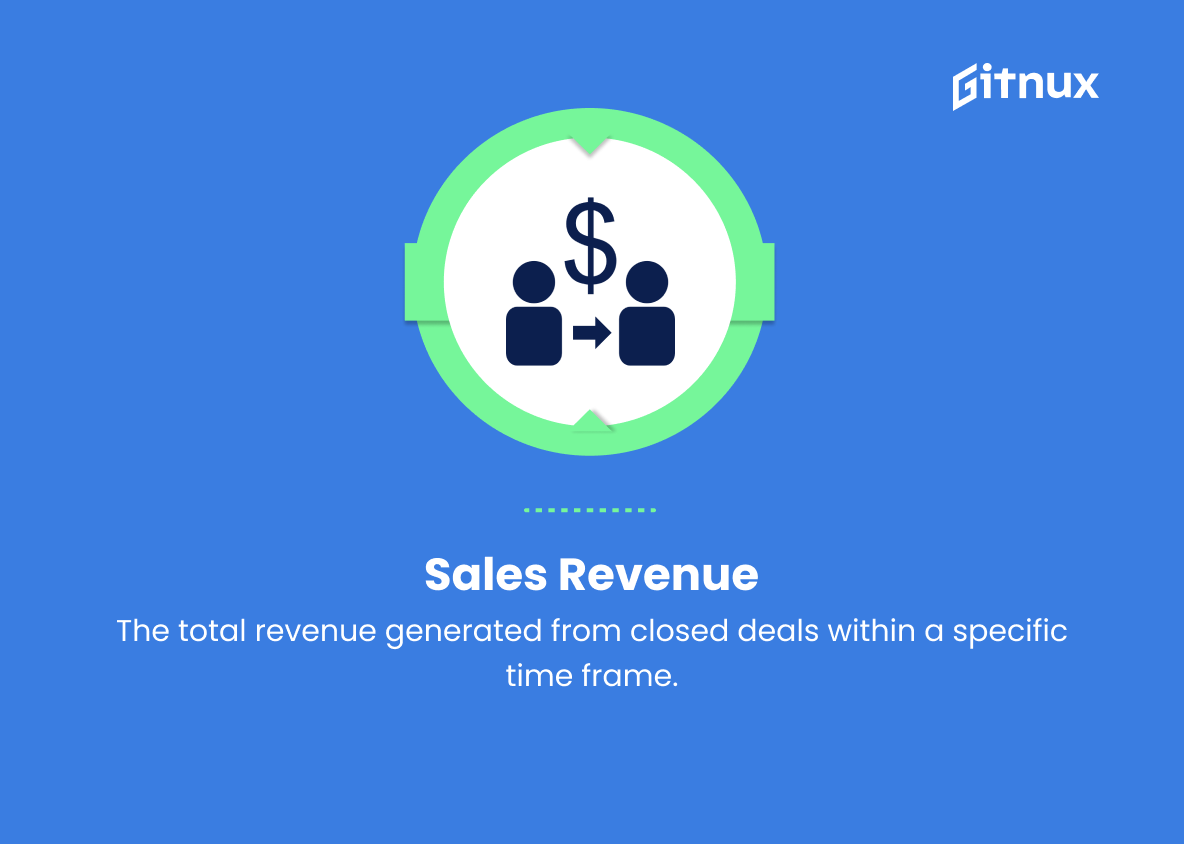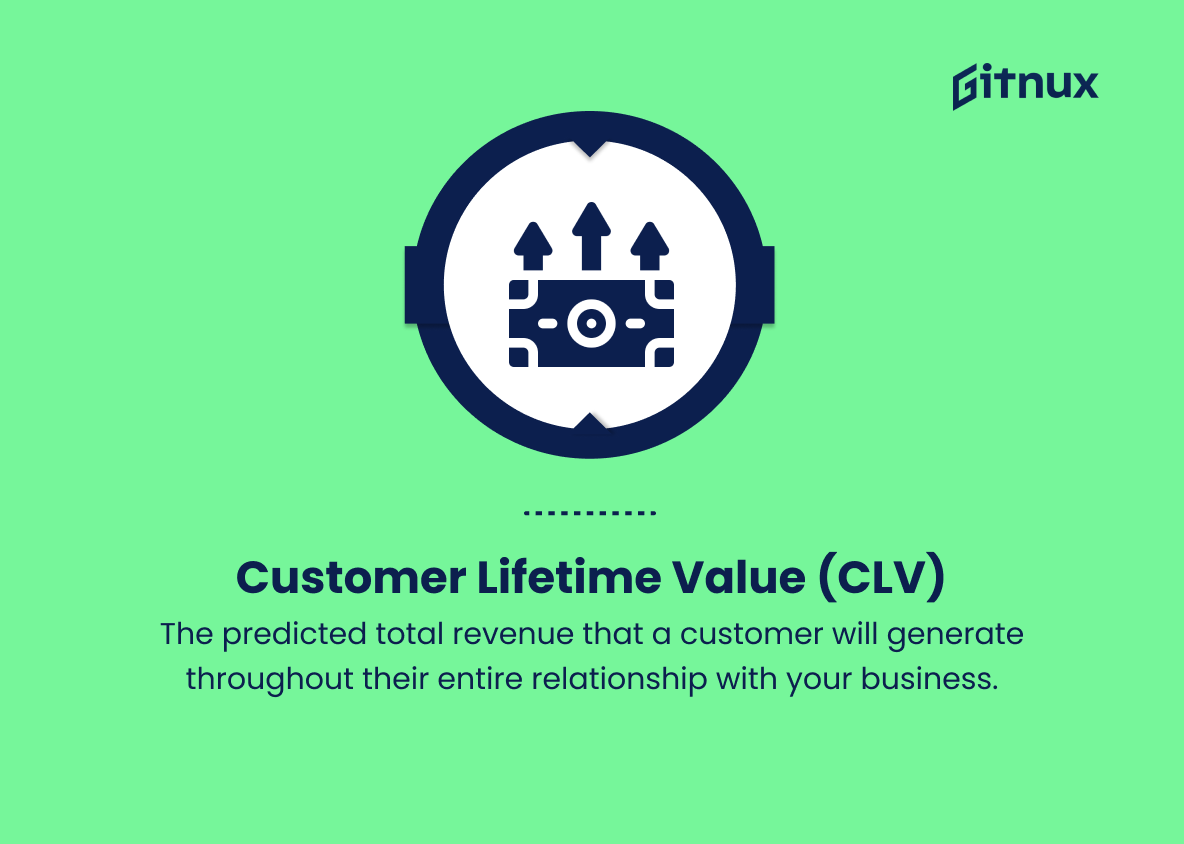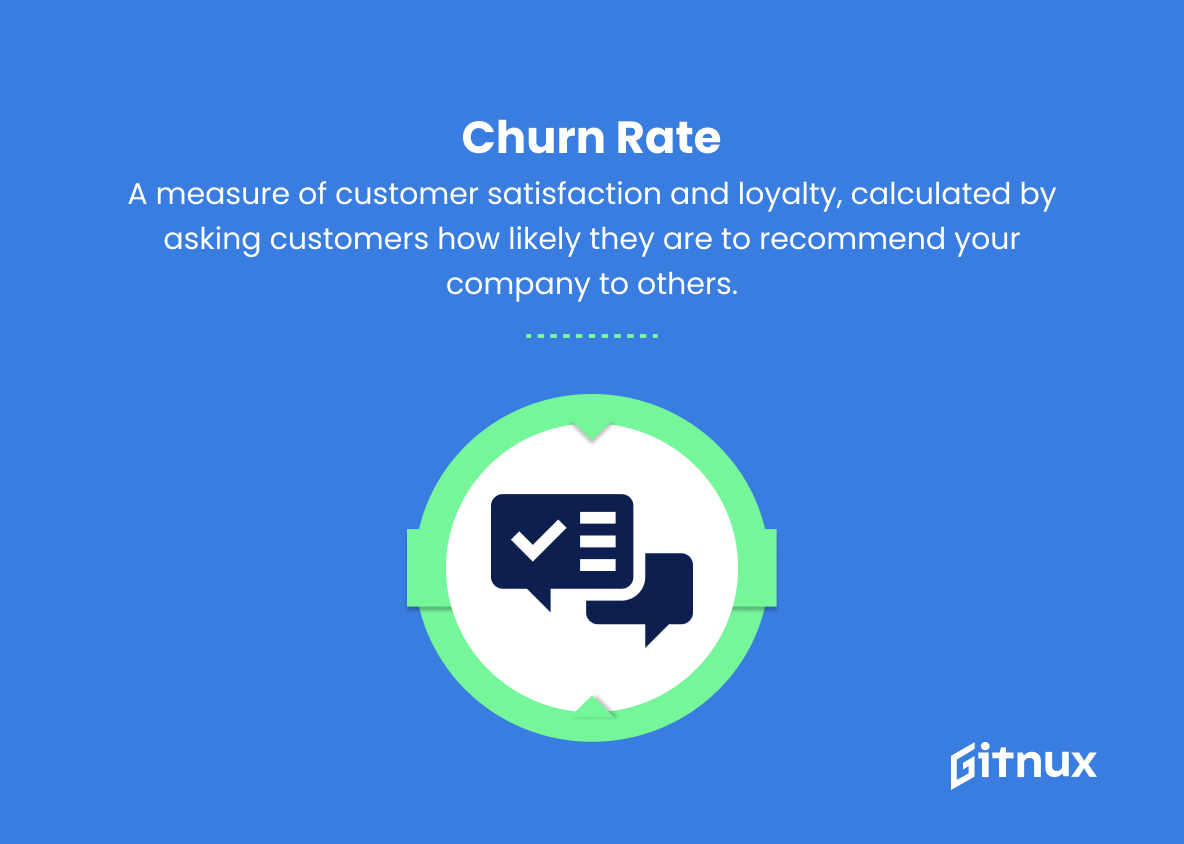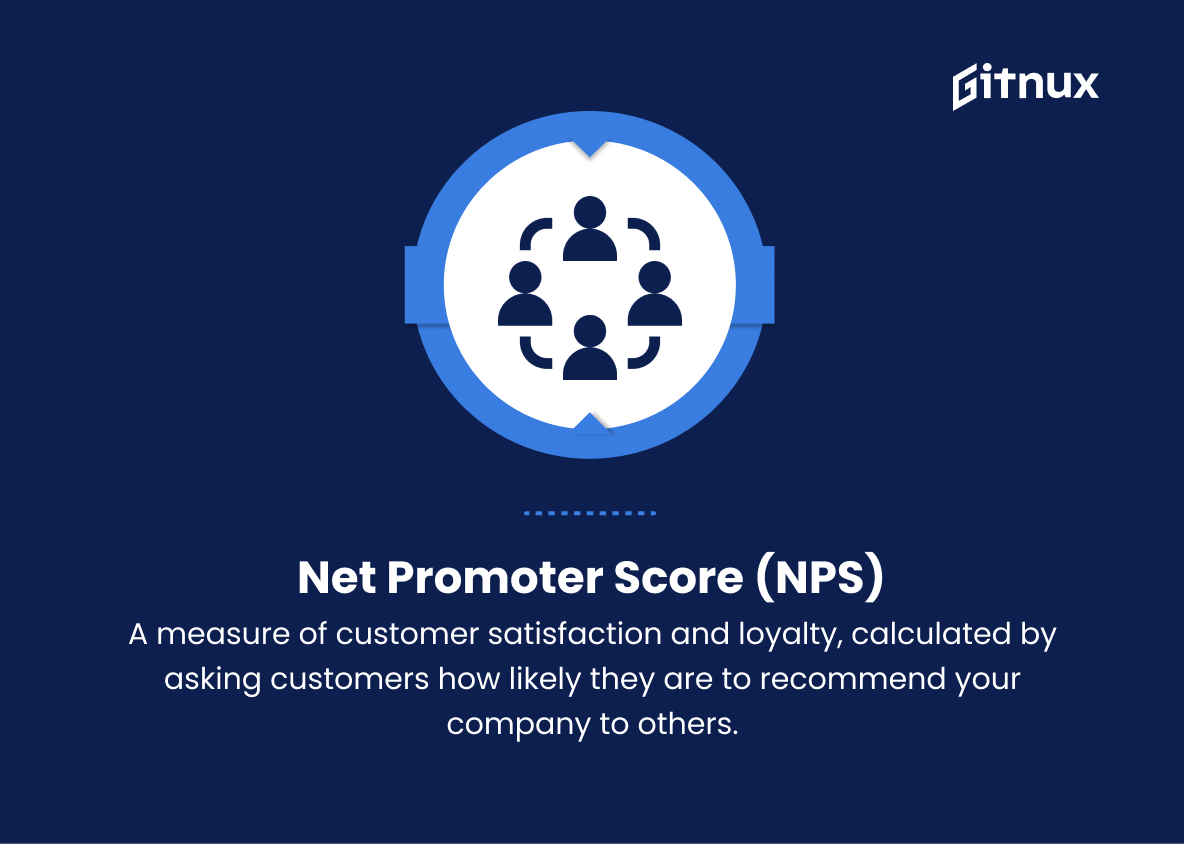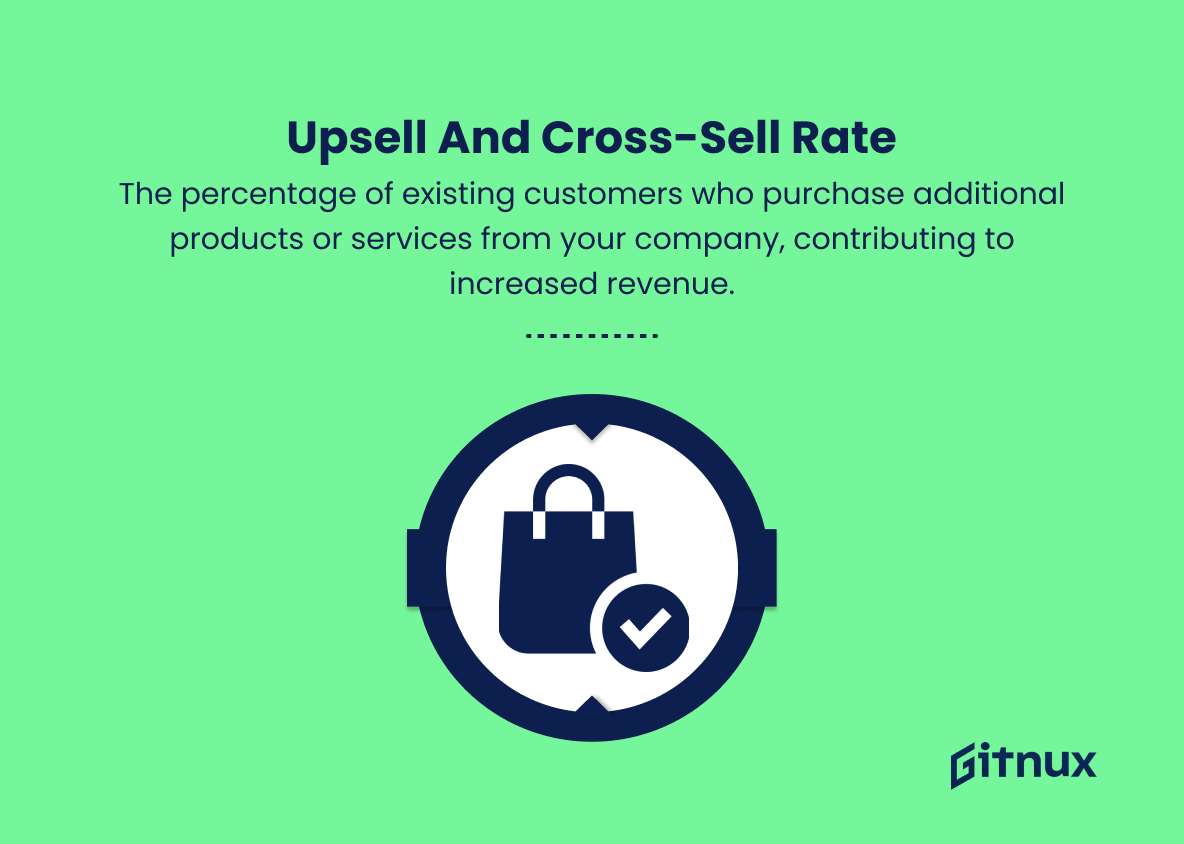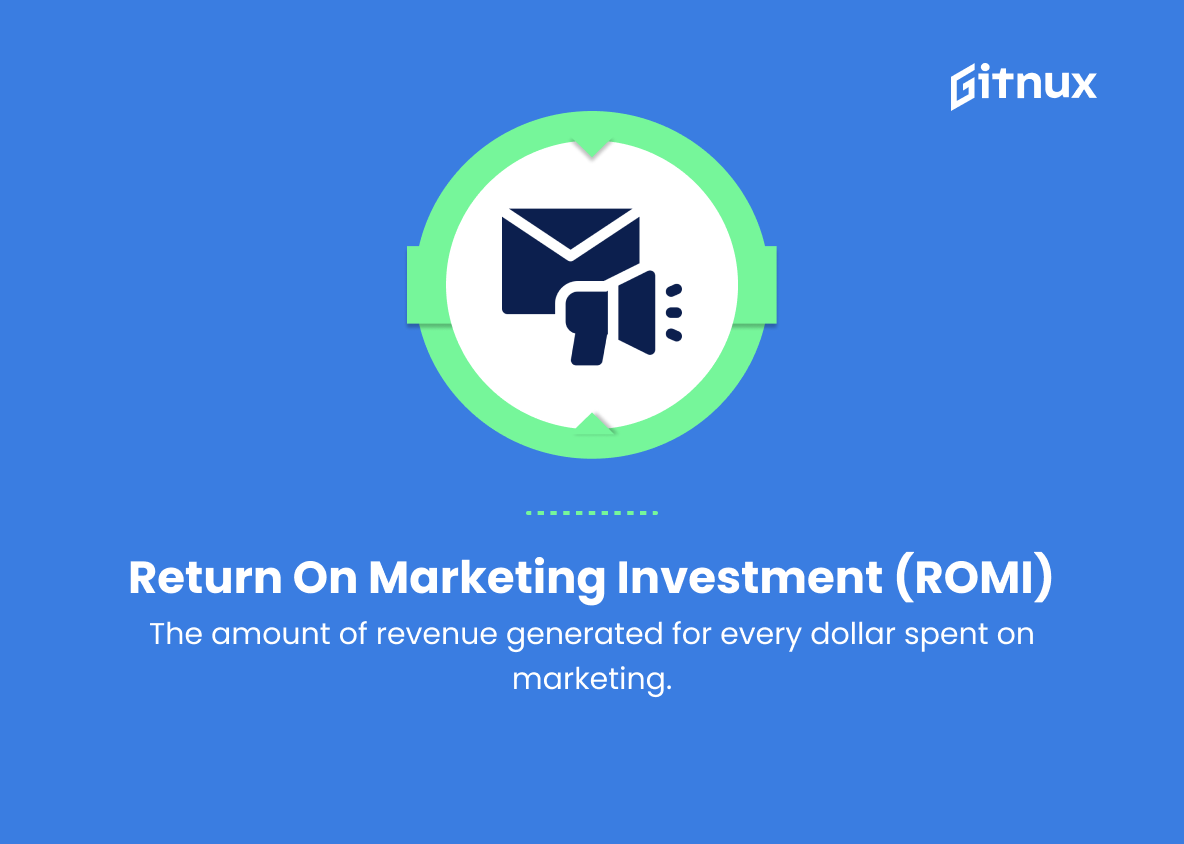In today’s dynamic business landscape, understanding and optimizing sales funnel metrics has never been more critical. As competition becomes fiercer and consumer preferences evolve, it’s essential for businesses to continually refine their sales strategies to stay ahead of the curve. In this thought-provoking blog post, we delve deep into the world of sales funnel metrics, shedding light on the key performance indicators (KPIs) and metrics that encapsulate the entire customer acquisition journey.
Discover actionable insights and best practices to help you refine your sales funnel, hone your marketing tactics, and ultimately, skyrocket your business’s revenue and growth. Get ready to unlock the full potential of your sales funnel as we embark on this journey together.
Sales Funnel Metrics You Should Know
1. Number of leads
The total number of prospects that enter your sales funnel during a specific period, typically expressed as a monthly figure.
2. Lead conversion rate
The percentage of leads that convert into a more qualified stage like marketing-qualified leads (MQLs) or sales-qualified leads (SQLs).
3. Opportunity creation rate
The percentage of SQLs that convert into actual sales opportunities or deals.
4. Win rate
The percentage of opportunities that result in a closed sale or customer win.
5. Deal size
The average revenue generated per successful sale, also known as the average transaction size.
6. Time to close
The average time it takes to move a lead through the sales funnel from beginning to end, culminating in a closed deal.
7. Sales cycle length
The total number of days it takes for a prospect to move through the entire sales funnel and convert into a customer.
8. Cost per lead (CPL)
The average marketing and sales cost associated with acquiring each lead.
9. Sales revenue
The total revenue generated from closed deals within a specific time frame.
10. Customer acquisition cost (CAC)
The average cost to acquire a new customer, calculated by dividing the total sales and marketing costs by the number of new customers acquired.
11. Customer lifetime value (CLV)
The predicted total revenue that a customer will generate throughout their entire relationship with your business.
12. Churn rate
The percentage of existing customers who discontinue their relationship with your company within a specific time period.
13. Net promoter score (NPS)
A measure of customer satisfaction and loyalty, calculated by asking customers how likely they are to recommend your company to others.
14. Upsell and cross-sell rate
The percentage of existing customers who purchase additional products or services from your company, contributing to increased revenue.
15. Return on marketing investment (ROMI)
The amount of revenue generated for every dollar spent on marketing, providing insight into the effectiveness of marketing campaigns and tactics.
16. Lead-to-customer rate
The overall percentage of leads that become paying customers, showcasing the effectiveness of your sales funnel at converting prospects.
17. Sales quota attainment
The percentage of sales reps who achieve or exceed their sales targets, reflecting the overall performance of the sales team.
Sales Funnel Metrics Explained
Sales funnel metrics play a vital role in measuring the performance and efficiency of a business’s sales and marketing efforts. Tracking metrics such as the number of leads, lead conversion rate, and opportunity creation rate provides valuable insight into the effectiveness of lead generation, nurturing, and conversion strategies. Additionally, metrics like win rate, deal size, time to close, and sales cycle length allow businesses to monitor and improve their sales process efficiency.
It’s also important to assess the financial aspect of the sales funnel with metrics like cost per lead, sales revenue, customer acquisition cost, and customer lifetime value, as these indicate how well a company is managing its sales and marketing costs, while generating revenue and retaining customers. Monitoring customer satisfaction and loyalty through metrics like churn rate, net promoter score, upsell and cross-sell rate, and return on marketing investment enables businesses to understand customer behavior and implement better strategies for customer retention and revenue growth.
Lastly, the lead-to-customer rate and sales quota attainment give a comprehensive overview of the effectiveness of the sales funnel and the performance of the sales team, which can be used to optimize and adapt to the constantly changing business environment.
Conclusion
In summary, understanding and tracking the right sales funnel metrics is crucial for businesses to optimize their sales process and achieve long-term success. By monitoring crucial data points such as conversion rates, churn rates, average deal size, customer acquisition cost, and customer lifetime value, businesses can identify areas for improvement, fine-tune their strategies, and maximize their return on investment.
As the sales landscape continues to evolve, staying up-to-date with these key performance indicators will ensure that your sales funnel remains effective and generates consistent growth for your organization. Ultimately, a solid grasp on these metrics will empower you to make better-informed decisions and drive your business forward in the competitive marketplace.
